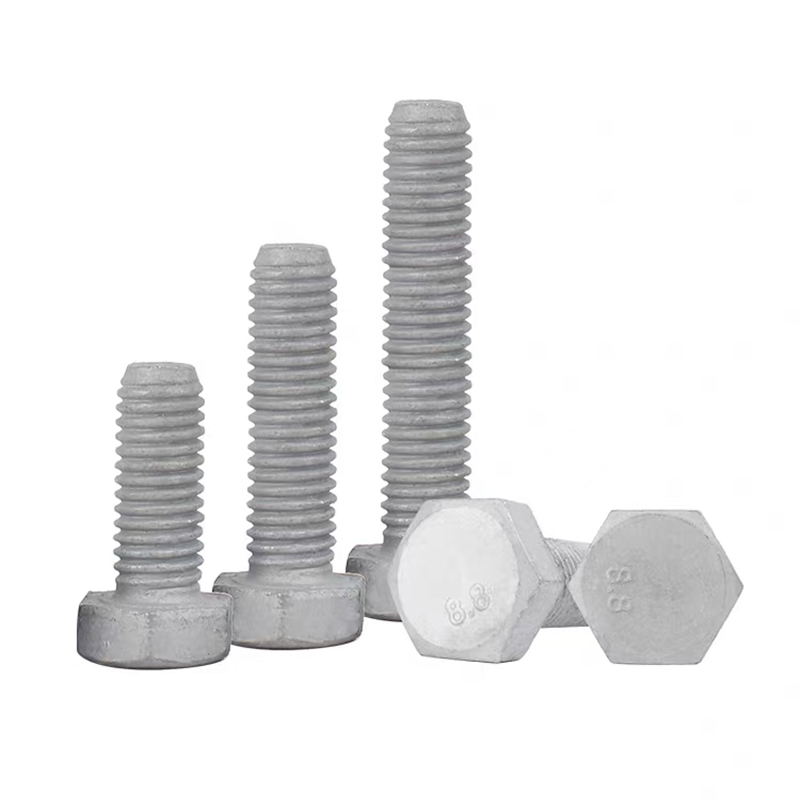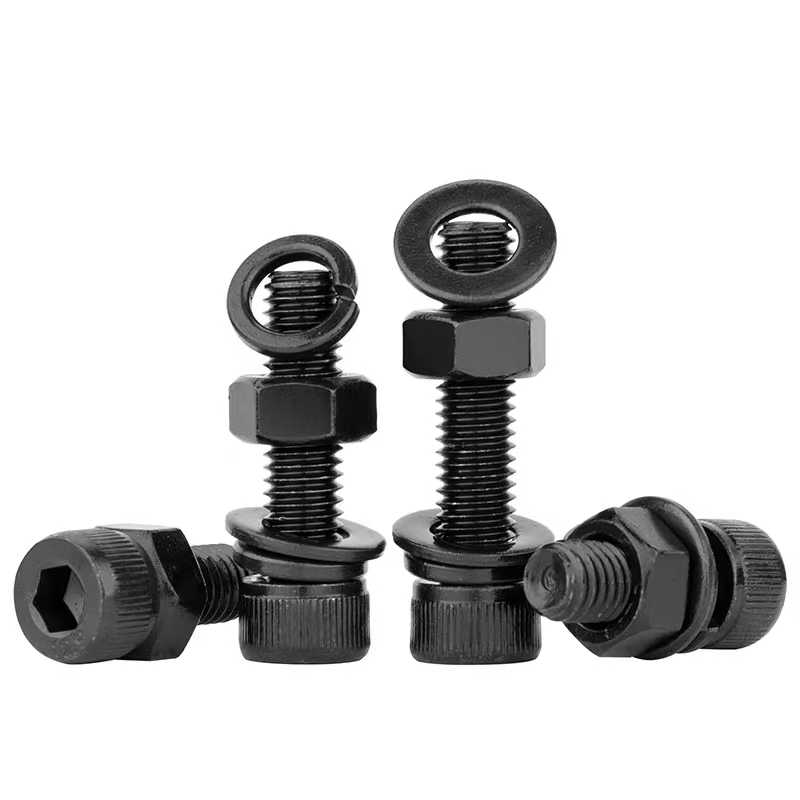- Chinese
- French
- German
- Portuguese
- Spanish
- Russian
- Japanese
- Korean
- Arabic
- Irish
- Greek
- Turkish
- Italian
- Danish
- Romanian
- Indonesian
- Czech
- Afrikaans
- Swedish
- Polish
- Basque
- Catalan
- Esperanto
- Hindi
- Lao
- Albanian
- Amharic
- Armenian
- Azerbaijani
- Belarusian
- Bengali
- Bosnian
- Bulgarian
- Cebuano
- Chichewa
- Corsican
- Croatian
- Dutch
- Estonian
- Filipino
- Finnish
- Frisian
- Galician
- Georgian
- Gujarati
- Haitian
- Hausa
- Hawaiian
- Hebrew
- Hmong
- Hungarian
- Icelandic
- Igbo
- Javanese
- Kannada
- Kazakh
- Khmer
- Kurdish
- Kyrgyz
- Latin
- Latvian
- Lithuanian
- Luxembou..
- Macedonian
- Malagasy
- Malay
- Malayalam
- Maltese
- Maori
- Marathi
- Mongolian
- Burmese
- Nepali
- Norwegian
- Pashto
- Persian
- Punjabi
- Serbian
- Sesotho
- Sinhala
- Slovak
- Slovenian
- Somali
- Samoan
- Scots Gaelic
- Shona
- Sindhi
- Sundanese
- Swahili
- Tajik
- Tamil
- Telugu
- Thai
- Ukrainian
- Urdu
- Uzbek
- Vietnamese
- Welsh
- Xhosa
- Yiddish
- Yoruba
- Zulu
- Kinyarwanda
- Tatar
- Oriya
- Turkmen
- Uyghur

bolt expansion anchor
The Intricacies of Bolt Expansion Anchors
When it comes to securing heavy loads in concrete or masonry, bolt expansion anchors are often the tool of choice. Their efficiency lies in the way they expand against the substrate, ensuring a solid hold. But despite their widespread use, misunderstandings about their application persist. Knowing their nuances can be the difference between a job well done and a costly failure.
Understanding Bolt Expansion Anchors
Most people assume that installing a bolt expansion anchor is just a matter of drilling a hole, inserting the bolt, and tightening. But there’s more beneath the surface. The anchor's effectiveness largely depends on the substrate's integrity. An old colleague once emphasized, Your anchor is only as good as the material it's fastened to, which rings true especially in older structures where substrate quality can vary wildly.
An important factor in using these anchors is hole depth and diameter. Too shallow, and the anchor won't fully engage; too deep, and it might not expand correctly. A slight misjudgment here can undermine the anchor's load-bearing capacity. And honestly, I learned this the hard way on an early project involving a crumbling 1930s-era building.
Choosing the right size and type of anchor is also critical. Stainless steel anchors, for instance, are ideal in corrosive environments, while zinc-plated ones might suffice for indoor use. It's a bit like choosing the right golf club for a particular shot; experience helps in making the correct choice.
Common Pitfalls and How to Avoid Them
One common issue is over-tightening the bolt expansion anchors. It's tempting to give that extra turn, thinking it’ll secure things more firmly. However, what often happens is the bolt is stressed to a point where it loses efficiency or even snaps, leading to failure. A torque wrench can be a savior in maintaining the right tension, something I always keep on hand.
Then there's the often overlooked environment factor. Moist conditions can alter an anchor's performance over time, especially if the wrong materials are used. Galvanic corrosion between dissimilar metals is another concern. It's one of those details that could easily slip under the radar if you’re not vigilant.
Correct installation also calls for an understanding of the load's direction. If the load shifts, the anchor might not hold as initially intended. I’ve seen instances where an anchor failed simply because the load was applied at an unforeseen angle.
Real-World Application
Let’s consider a practical scenario: securing HVAC units on rooftops. Here, wind loads become a factor. I've often found that relying solely on manufacturer's instructions is not enough; environmental assessments can catch potential oversights. It’s situations like these where a seasoned-hand makes all the difference.
Repeated installations, like shelving units in a busy warehouse, are another good example. The constant dynamic loads due to stocking and retrieving can gradually loosen poorly chosen anchors. Engaging in a periodic inspection routine ensures ongoing safety and efficiency.
Handan Zitai Fastener Manufacturing Co., Ltd., located in the heart of China's largest standard part production base, provides a plethora of options with their fasteners. Their site, zitaifasteners.com, offers resources that can guide choices suited for diverse conditions.
Fine-Tuning Your Approach
Adapting your technique based on site-specific needs is crucial. Sometimes, it’s about thinking two steps ahead, considering what ifs, like changes in use or environment. It’s why I advise spending ample time studying project drawings and stress reports before diving in.
Switching up anchor types based on noticeable changes in substrate condition is a lesson in flexibility, crucial for any large-scale endeavor. Keep in mind that each project might introduce its own set of challenges, calling for a unique mix of anchors.
Gather insights from as many stakeholders as possible during the planning phase. Everyone from the structural engineer to the facility's maintenance staff can offer insights that impact anchoring decisions. Collaboration often unveils hidden issues and paves the way for more robust solutions.
The Future of Bolt Expansion Anchors
We're seeing advancements in materials technology contributing to better-performing anchors. What was once a bulky, unwieldy piece of metal has evolved into a precision-engineered component capable of withstanding significant stress and environmental challenges.
As Handan Zitai Fastener Manufacturing Co., Ltd. expands its production capabilities, the focus is on durability and reliability. This shift reflects a broader industry trend, paving the way for smarter, more resilient building solutions globally.
In conclusion, while bolt expansion anchors might seem straightforward, appreciating their subtle intricacies can transform an installer into a true craftsman. It's this detailed understanding that truly defines one's expertise in the field.
Related products
Related products
Best selling products
Best selling products-
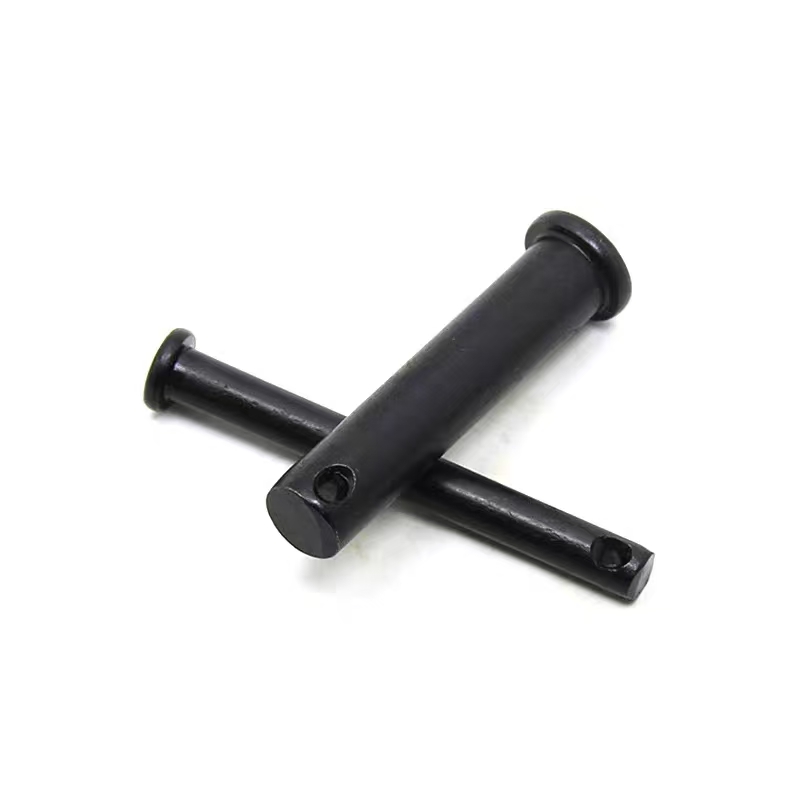 Black zinc plated pin shaft
Black zinc plated pin shaft -
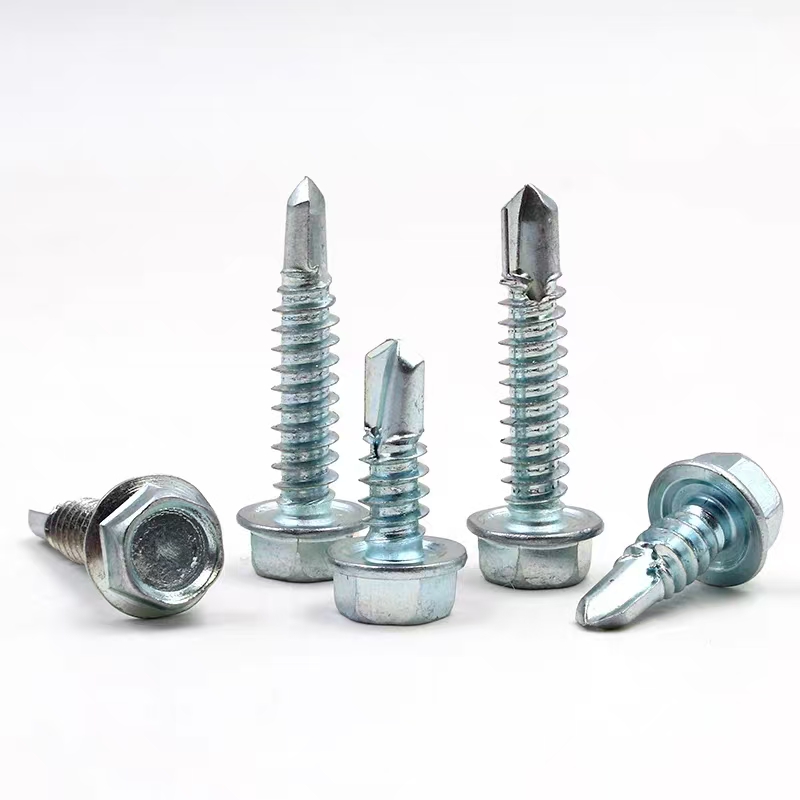 Electro-galvanized hexagonal drill thread
Electro-galvanized hexagonal drill thread -
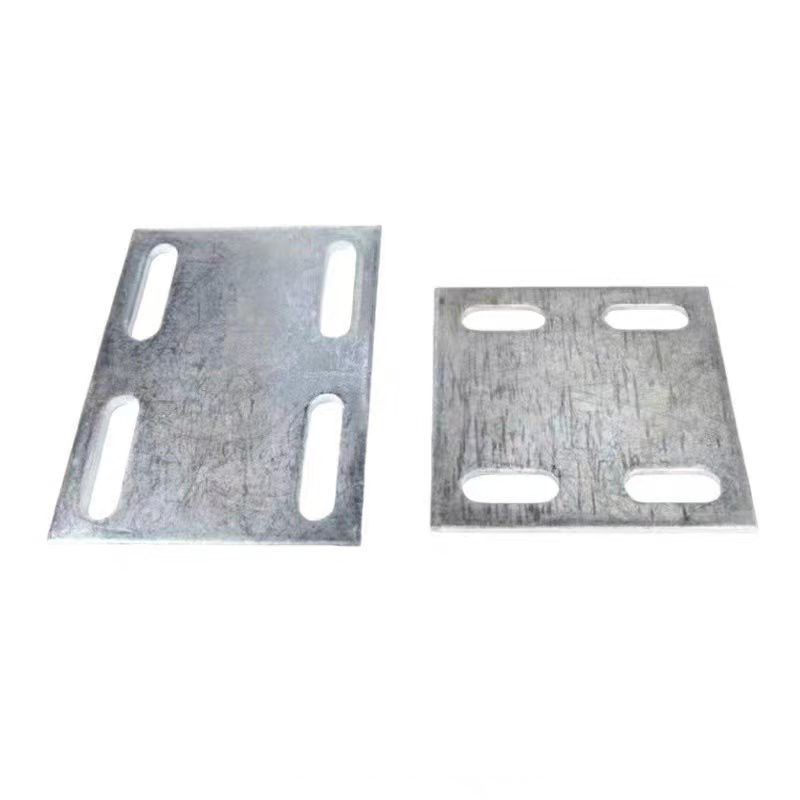 Electrogalvanized embedded plate
Electrogalvanized embedded plate -
 Hexagon socket hot-dip galvanized bolts
Hexagon socket hot-dip galvanized bolts -
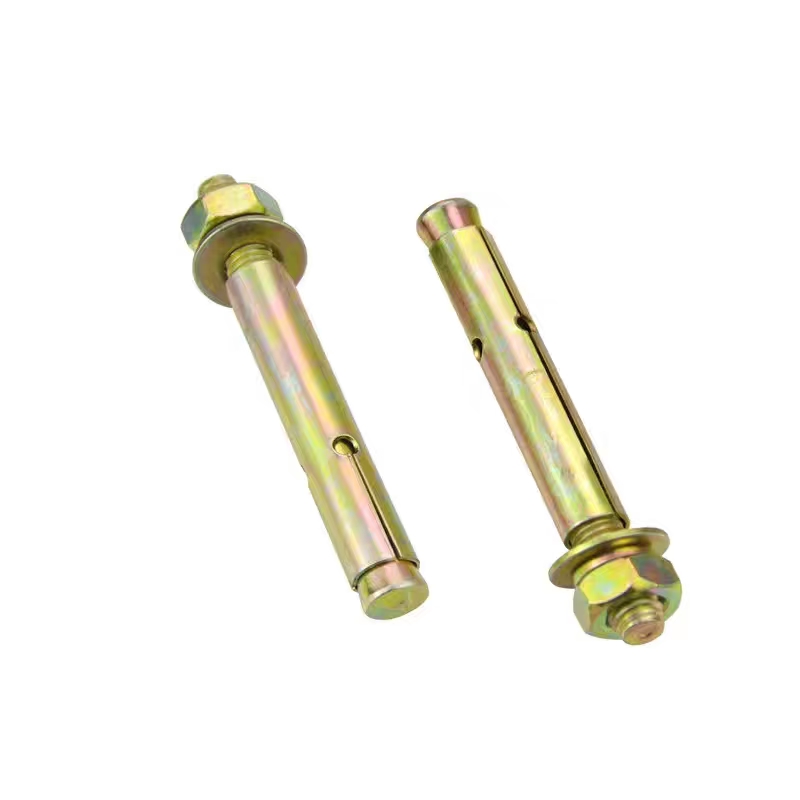 Colored zinc-plated expansion bolts
Colored zinc-plated expansion bolts -
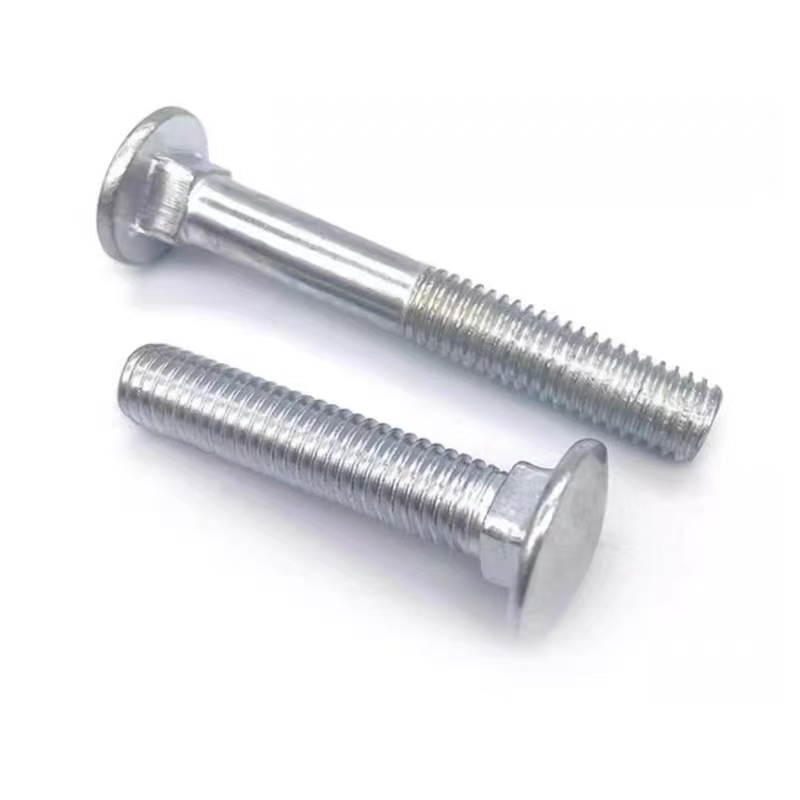 Carriage bolt (half-round head square neck bolt)
Carriage bolt (half-round head square neck bolt) -
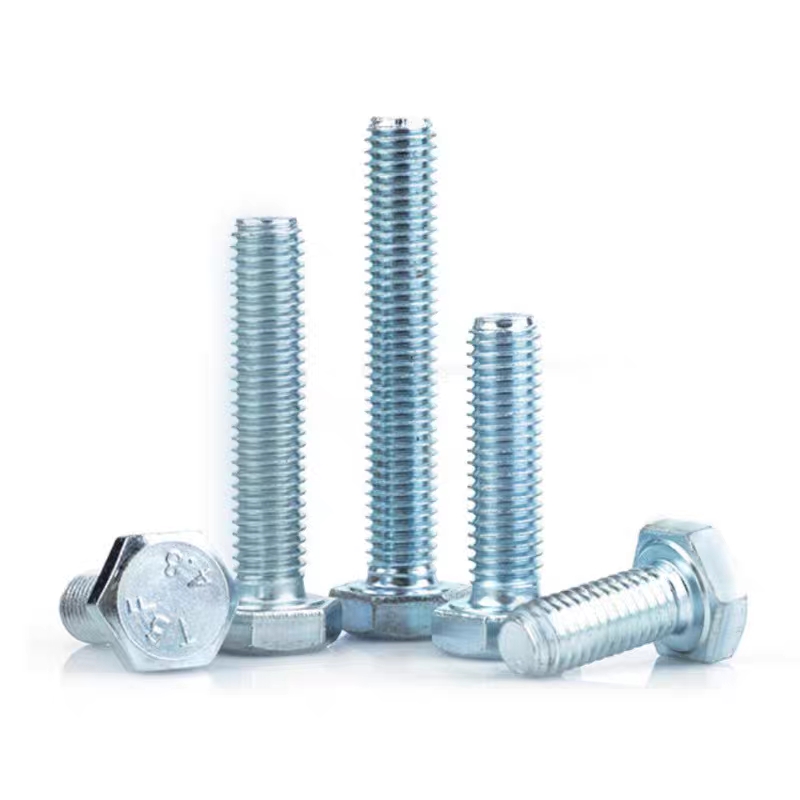 Electrogalvanized hexagonal bolts
Electrogalvanized hexagonal bolts -
 Black zinc plated hexagonal bolts
Black zinc plated hexagonal bolts -
 7-shaped anchors (7-shaped anchor bolts)
7-shaped anchors (7-shaped anchor bolts) -
 Electrogalvanized expansion bolts
Electrogalvanized expansion bolts -
 Basket bolts
Basket bolts -
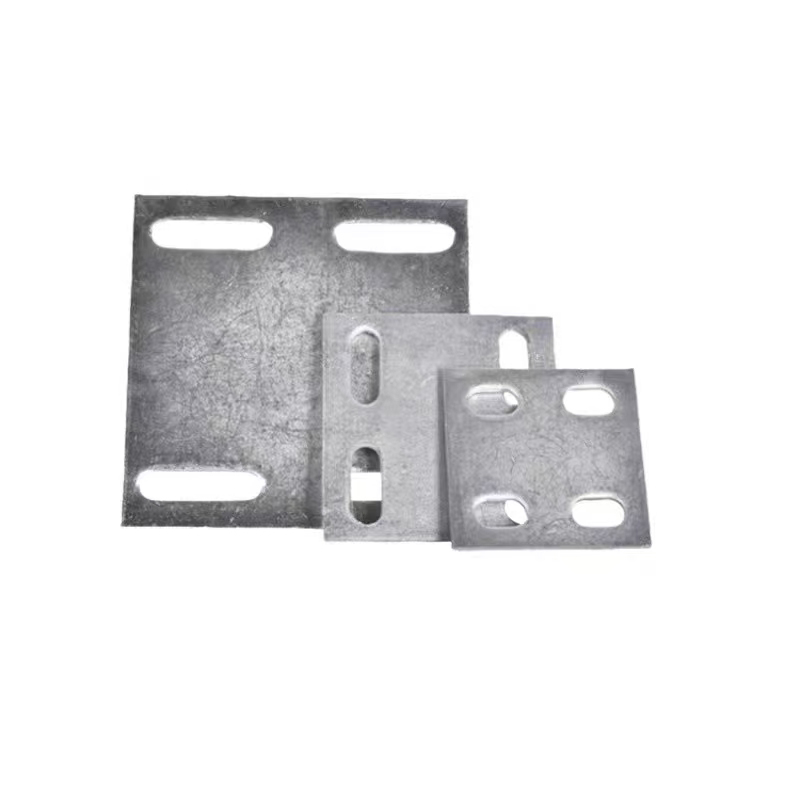 Hot-dip galvanized embedded plate
Hot-dip galvanized embedded plate


